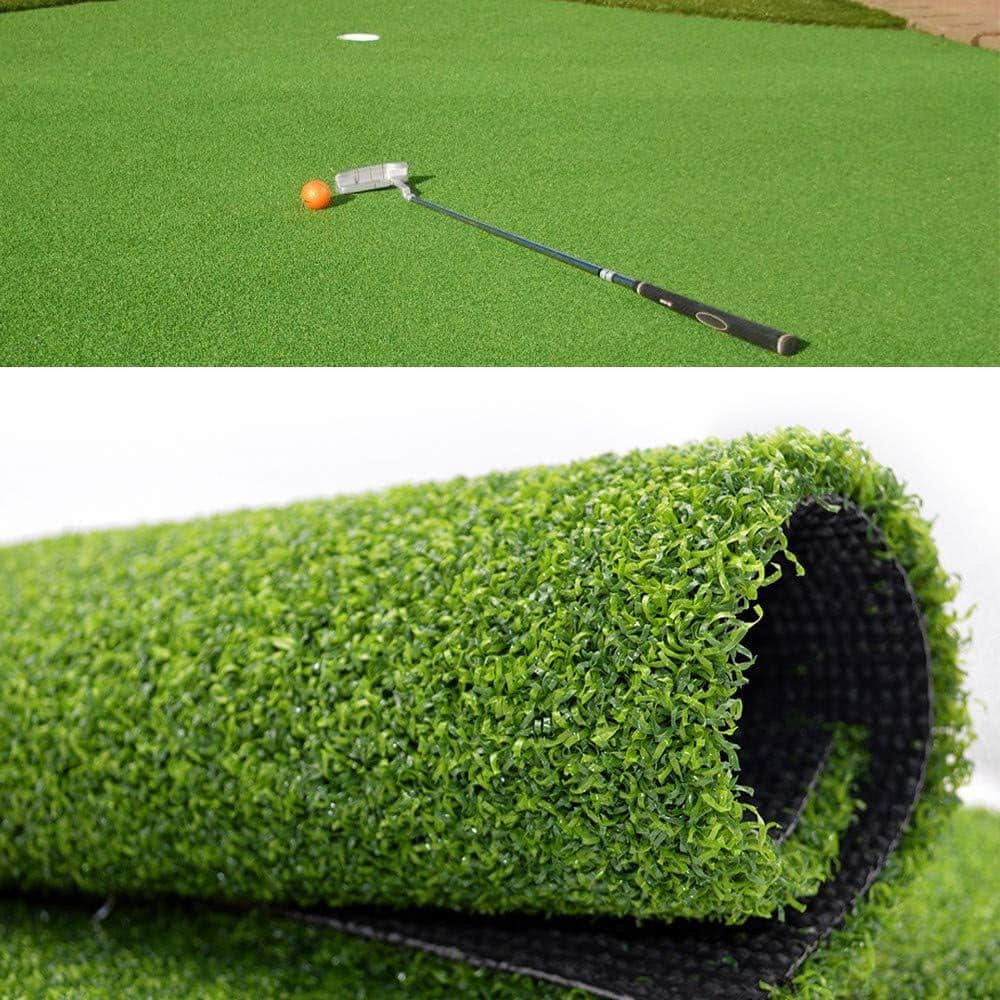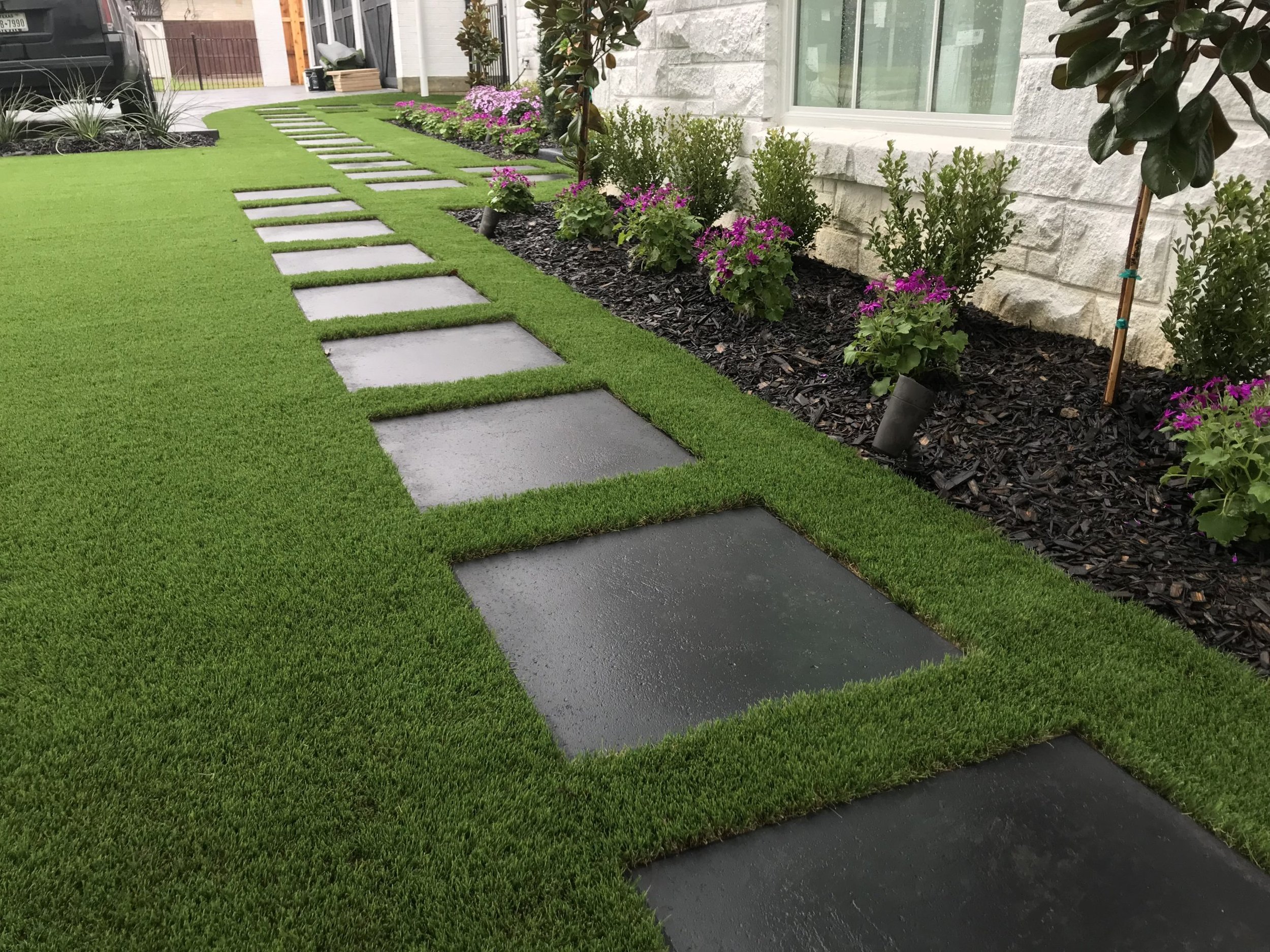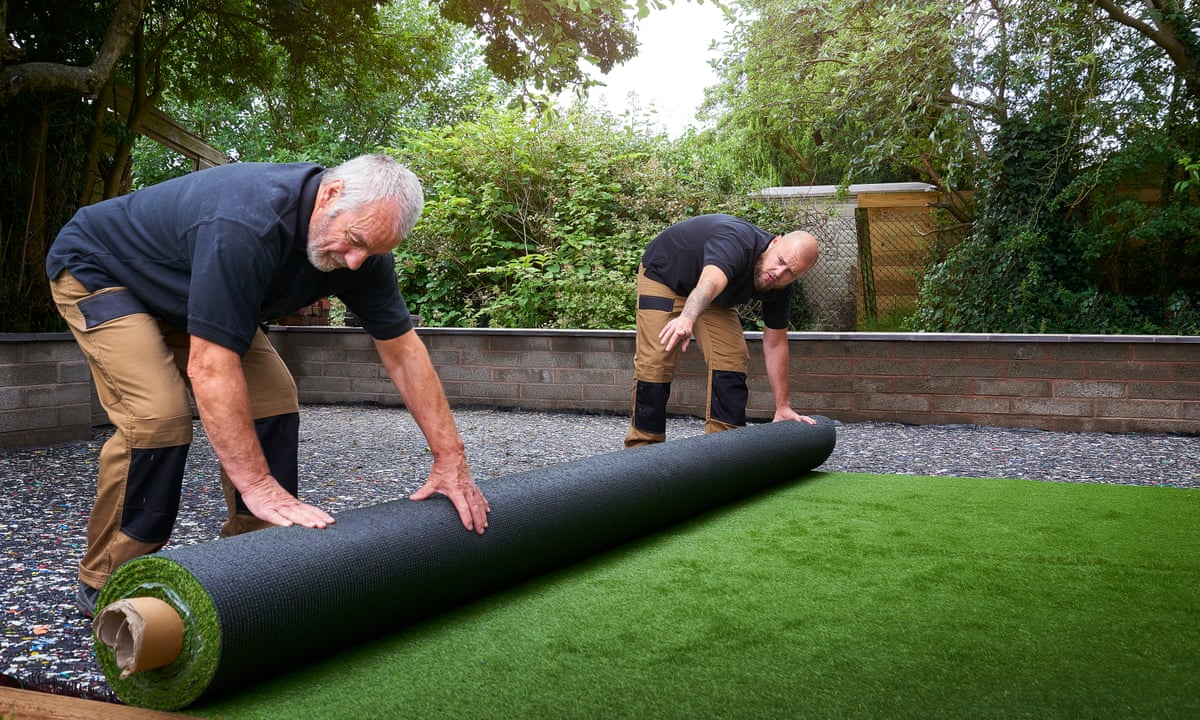Find the Top Turf Installation Phoenix AZ Solutions for Your Home or Business
Find the Top Turf Installation Phoenix AZ Solutions for Your Home or Business
Blog Article
Look Into the Environmental Benefits of Opting for Artificial Lawn Solutions
The fostering of synthetic grass services presents an engaging chance to deal with pushing ecological difficulties. By considerably reducing water use and reducing the application of damaging chemicals, these alternatives not just promote lasting landscape design but likewise safeguard regional communities. The lower carbon impact connected with decreased maintenance tasks adds to a much more lasting method to land monitoring. The implications of these benefits expand beyond plain preservation efforts, increasing questions about their long-lasting influence on habitat conservation and general eco-friendly equilibrium. Exploring these measurements reveals an intricate interaction worth thinking about.
Water Conservation Conveniences
One of the most substantial benefits of artificial grass is its capability to save water. Conventional grass lawns require substantial watering, specifically in areas susceptible to dry spell or water constraints. On the other hand, synthetic grass does not require watering, significantly lowering the total demand for water resources. This function is especially useful in arid regions where water scarcity is a pushing worry.
By getting rid of the requirement for regular watering, fabricated turf adds to lasting landscape methods and aids reduce the ecological effect of extreme water intake. Additionally, the conservation of water encompasses the decrease of overflow, which can lead to soil disintegration and river air pollution.
In addition, the setup of synthetic lawn allows property owners and municipalities to allocate water sources a lot more effectively, concentrating on necessary usages such as drinking water and agriculture. The change in the direction of artificial grass not only promotes accountable water use yet also straightens with broader environmental goals focused on protecting natural deposits.
As areas increasingly prioritize sustainability, the water conservation advantages of synthetic grass present a compelling instance for its adoption in domestic and industrial landscape design projects.
Reduced Chemical Usage
The transition to synthetic grass considerably reduces the reliance on chemical therapies typically used in natural grass upkeep. Conventional grass administration normally includes the application of plant foods, chemicals, and herbicides to advertise development and control parasites. These chemicals can posture dangers to human health and wellness, local wildlife, and the atmosphere, contributing to soil and water contamination.
On the other hand, synthetic turf removes the requirement for these harmful substances. As soon as set up, it requires very little upkeep, mainly including regular cleansing and occasional infill replenishment. This decrease in chemical use not only benefits the immediate environment yet likewise contributes to wider ecological security. By lessening the release of artificial compounds right into the ecological community, man-made turf advertises healthier soil and water systems.
Additionally, the absence of chemical drainage related to synthetic grass installments helps protect regional rivers from pollution, supporting marine life and preserving biodiversity. Arizona artificial turf. As communities significantly prioritize lasting practices, choosing for fabricated turf provides a viable option that straightens with ecological conservation goals. Via this change, homeowner can delight in lush eco-friendly rooms without endangering eco-friendly health, leading the way for an extra lasting future
Reduced Carbon Impact

Furthermore, the installation of synthetic grass can result in significant water preservation. Natural grass require significant quantities of water for irrigation, which not just includes in the carbon footprint related to water extraction and treatment however likewise stress neighborhood water sources. In contrast, synthetic grass requires marginal upkeep, calling for no watering, thus dramatically lowering you could try these out water use and its linked power costs.
Additionally, the durability of synthetic grass adds to its lower carbon impact. With a lifespan of up to 15 years or even more, the requirement for regular substitutes is decreased, leading to less waste and lower energy consumption in manufacturing and getting rid of standard lawn choices. Generally, synthetic grass presents a sustainable option for eco aware landscaping.
Habitat Preservation
Habitat conservation is an important consideration in the argument over landscaping choices, specifically when contrasting synthetic grass to all-natural lawn. All-natural yard lawns commonly call for considerable maintenance, including the usage of plant foods, herbicides, and pesticides, which can negatively affect regional communities. These chemicals can seep into the dirt and rivers, hurting indigenous flora and animals and interrupting local environments.
On the other hand, artificial grass presents a chance to minimize the eco-friendly footprint of landscaping. By choosing artificial grass, homeowners can minimize the disruption of all-natural habitats connected with typical yard treatment methods. Man-made lawn eliminates the requirement for harmful chemicals, consequently protecting close-by wild animals and keeping the stability of surrounding communities. The installment of artificial grass can lead to the conversion of former lawn locations into more biodiverse landscapes, such as pollinator gardens or native plant areas, which can support neighborhood wildlife.
Ultimately, the transition to synthetic grass not just saves water and decreases maintenance efforts however additionally cultivates a much more harmonious connection between human activities and the all-natural atmosphere, advertising habitat preservation while doing so.
Long-Term Sustainability
Lasting sustainability is a critical consider reviewing the benefits of synthetic grass over typical lawn lawns. One of one of the most considerable benefits of synthetic grass is its sturdiness; it can last up to 15-20 years with minimal upkeep, whereas natural grass calls for regular reseeding and replacement. This long life lowers the get redirected here demand for continuous sources, such as water, plant foods, and pesticides, which are essential for preserving a healthy turf yard.
In addition, synthetic grass contributes to a decrease in carbon discharges associated with yard care devices. Traditional yards typically require gas-powered mowers, leaners, and blowers, all of which add to air contamination. Arizona artificial turf. On the other hand, fabricated grass removes the need for such devices, advertising a cleaner environment
Additionally, the manufacturing of synthetic lawn increasingly uses recycled materials, enhancing its sustainability account. As suppliers adopt green practices, the environmental impact of synthetic grass remains to reduce.

Final Thought
The adoption of synthetic grass options presents substantial environmental advantages, including significant water conservation, lowered reliance on hazardous chemicals, and a lower carbon impact. Fabricated grass help in protecting natural habitats by decreasing land disturbance and advertising long-lasting sustainability through the usage of durable materials. Jointly, these factors emphasize the capacity of fabricated turf to add favorably to environmental wellness and offer a feasible choice to conventional landscape design techniques in a significantly resource-conscious world.
In contrast, man-made lawn does not need watering, significantly minimizing the total demand for water sources. By decreasing the launch of artificial substances right into the community, synthetic lawn promotes healthier soil and water systems.
Moreover, the installment of fabricated grass can result in substantial water conservation. In comparison, man-made lawn requires very little upkeep, calling for no watering, thereby substantially lowering water use and its linked power expenses.

Report this page